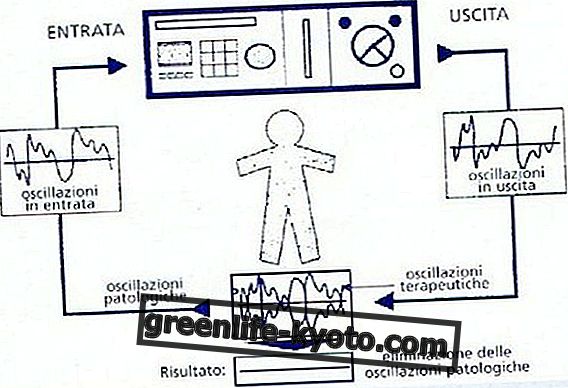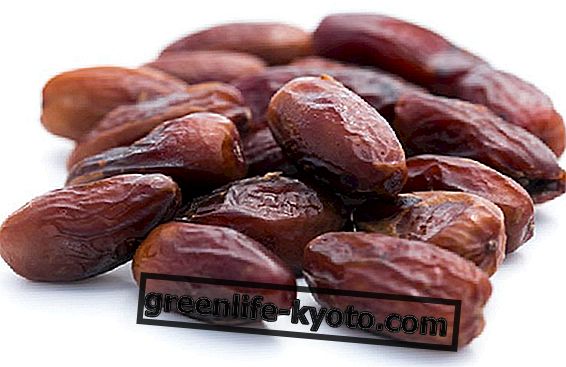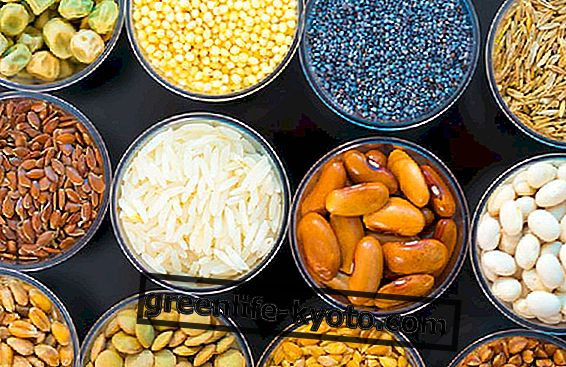
There is often a risk of confusion : not knowing the differences between arthritis and arthritis leads to confusion with one another and perhaps giving some wrong advice. Given that the fundamental opinion is the medical diagnosis, however , we can inform ourselves to investigate the differences between these pathologies, which risk being quite debilitating.
Osteoarthritis and arthritis are both among rheumatic pathologies, involve the joints and have symptoms such as pain, stiffness and limitation of joint movements . It is these similarities that cause confusion between arthritis and arthritis.
Instead, we looked for the differences between arthrosis and arthritis for you, let's see.
Osteoarthritis and arthritis: what differences
The main difference between arthrosis and arthritis is substantial, or the origin of the pathology :
> Arthrosis is a degenerative joint disease that occurs with age and occurs mainly around the age of 50;
> arthritis, on the other hand, is an inflammatory disease, a chronic disease that has an autoimmune origin and can therefore develop at any age, even in young people and children.
Osteoarthritis and arthritis, the differences: arthrosis
Osteoarthritis is a chronic disease of degenerative origin . As if, with time, the joints were finding it increasingly difficult to carry out their work as a " cushion cushion " between one bone and another and gradually wore out.
Osteoarthritis is in fact closely related to the physiological wear and tear of the joints that occurs with advancing age.
The structures most subject to osteoarthritis will therefore be the most used in common movements : knees, shoulders, hands, feet and vertebral column, in different ways depending on the weight and the activities commonly performed during the lifetime.
In the presence of arthrosis there is thinning of the articular cartilage and consequently bone deformities of the extremities no longer safeguarded by the cartilage.
This condition is extremely painful and debilitating and often evident as a deformation of the distal phalanges of the hands.
The onset is greater in the presence of postural defects, manual work or in any case particularly heavy and particular sports practiced for years at a competitive level (for example soccer, cycling or spinning, fencing).
Osteoarthritis and arthritis, the differences: arthritis
Although with a symptomatology very similar to that of arthrosis - pain, stiffness and swelling of the joint and the long deformation of the joint itself with a strong debilitating power - in arthritis there is a different cause, or an autoimmune disease . In short, the immune system reacts not against an external agent but against cells of the body itself, in this case of the joints.
There are different types of arthritis, among which we mention rheumatoid arthritis (also in its early, juvenile form), gout (given by the accumulation of uric acid in the joints) and arthritis in the context of connective tissue disorders such as for example systemic lupus erythematosus.
Arthritis, particularly the autoimmune, rheumatoid form, always strikes (unlike arthrosis) in a symmetrical way the joints (both knees, hands, etc.), and can be systemic, or the autoimmune reaction can also turn to other organs, making it quite debilitating and drastically reducing patients' life expectancy.
The real reasons for the onset of rheumatoid arthritis are still unknown.












